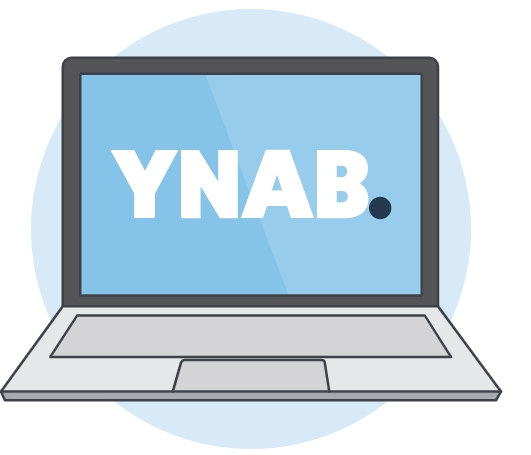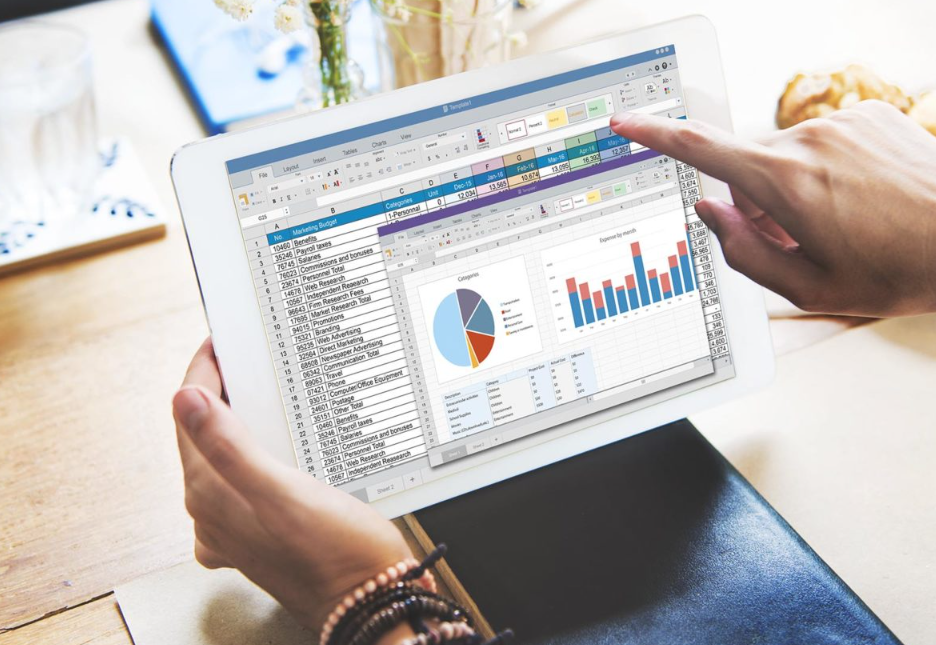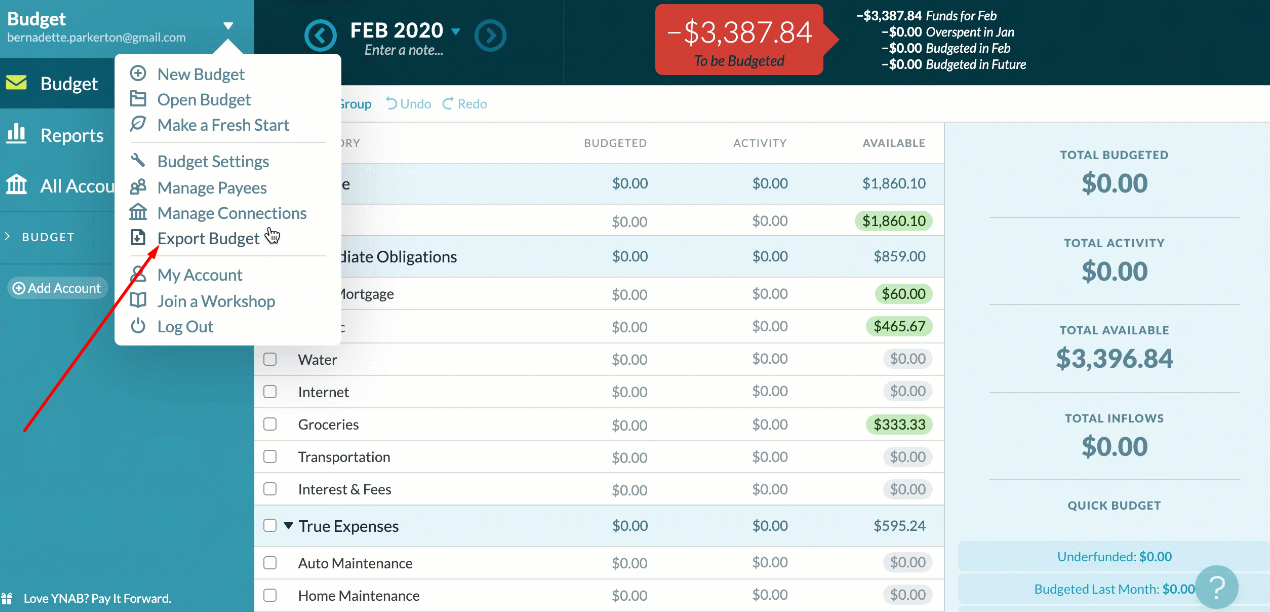Compare checking accounts: Learn how to choose the best option for you

Anúncios
Banks offer a variety of options, each with different features, fees, and benefits. To make the best choice, you need to understand how to compare checking accounts and find one that aligns with your financial habits and needs.
A checking account is a fundamental financial tool, serving as the primary hub for managing daily transactions, paying bills, and accessing money. However, not all checking accounts are the same.
Anúncios
This guide details the different types of checking accounts and provides a structured approach to effectively compare checking accounts.
By evaluating key factors such as fees, account requirements, ATM access, and additional benefits, you can make an informed decision and maximize the value of your banking experience.
Anúncios
What are the types of checking accounts?
Checking accounts come in various types, each designed for specific financial needs. Understanding these options is essential when compare checking accounts to find the most suitable one.
- Standard Checking Account: This is the most common type, offering basic banking features such as debit card access, check-writing capabilities, and online banking services. It is ideal for everyday transactions, but may come with monthly maintenance fees unless waived by meeting certain requirements, such as setting up direct deposit or maintaining a minimum balance.
- Interest-Bearing Checking Account: This account allows you to earn interest on your balance. However, interest rates are generally lower than those of savings accounts. These accounts often require higher minimum balances to avoid monthly fees, making them more suitable for individuals who maintain larger deposits.
- Student Checking Account: Designed for college students, these accounts typically have minimal fees, no minimum balance requirements, and perks such as free ATM access or financial education resources. They may have age restrictions or require proof of enrollment.
- Senior Checking Account: Available for individuals above a certain age (usually 55+), these accounts offer benefits such as free checks, waived fees, and additional financial services. They cater to retirees and those looking for cost-effective banking solutions.
- Second-Chance Checking Account: For individuals with a history of banking issues, such as overdrafts or closed accounts, these accounts provide a way to rebuild financial credibility. They often come with higher fees and fewer features but serve as a stepping stone to regular banking services.
- Premium Checking Account: Designed for high-net-worth individuals, premium accounts offer enhanced benefits such as higher interest rates, personalized customer service, and waived fees for additional banking services. However, they typically require a high minimum balance to qualify for these perks.
Understanding these different types of accounts allows you to narrow down your options when compare checking accounts and select the one that best suits your financial situation.

How to compare checking accounts and choose the ideal one
Selecting the right checking account requires evaluating several factors to ensure it aligns with your financial needs. Below are the key aspects to consider when effectively comparing checking accounts.
Check monthly fees
Many banks charge a monthly maintenance fee for checking accounts, which can range from $5 to $15 or more.
Some banks offer ways to waive this fee, such as setting up direct deposit, maintaining a specific account balance, or linking multiple accounts.
When compare checking accounts, consider whether you can meet these requirements or if a fee-free checking account is a better option for you.
Over time, even small monthly fees can add up and impact your overall financial health.
Understand minimum balance requirements
Some checking accounts require you to maintain a minimum balance to avoid fees or earn interest.
If your balance falls below the required amount, you may face monthly charges. If you frequently maintain a lower balance, look for an account with no minimum balance requirement.
On the other hand, if you keep a higher balance, an interest-bearing or premium account may provide additional benefits.
Evaluate ATM network access
Access to a wide network of ATMs is crucial, especially if you frequently withdraw cash.
Some banks offer free access to thousands of ATMs, while others charge withdrawal fees for using out-of-network machines.
If your bank has a limited ATM network, check whether they offer fee reimbursements for third-party ATM withdrawals.
Those who travel frequently should consider banks with a national or global ATM network.
Know the account-related fees
Beyond monthly maintenance fees, checking accounts may include various other charges.
Some common fees to watch for include overdraft fees, non-sufficient funds (NSF) fees, wire transfer fees, and foreign transaction fees.
Some banks offer overdraft protection programs or lower fees for certain transactions.
Reviewing the fee schedule can help you avoid unexpected costs and ensure you choose a checking account that aligns with your banking habits.

Check for sign-up bonuses
Many banks offer promotional bonuses for opening a new checking account.
These bonuses typically require meeting specific conditions, such as making a minimum deposit, setting up direct deposits, or maintaining a certain balance for a defined period.
While a sign-up bonus can be a great perk, don’t let it be the sole deciding factor when compare checking accounts — consider the long-term benefits and costs as well.
Review of available banking services
Beyond basic checking features, some accounts offer additional services that can enhance your banking experience.
Mobile banking services, online bill pay, peer-to-peer transfers (such as Zelle or Venmo), budgeting tools, and fraud protection are all valuable features.
If you prefer digital banking, look for an account with an easy-to-use mobile app and strong online banking features.
Those who rely on in-person services should consider banks with convenient branch locations.
Considering these factors when compare checking accounts ensures that you choose an account that fits your financial lifestyle and helps avoid unnecessary costs.
Choosing the right checking account is a significant financial decision that affects your daily money management.

By understanding different types of checking accounts and carefully evaluating factors such as fees, balance requirements, ATM access, and additional features, you can find an account that aligns with your needs.
When compare checking accounts, take the time to review the details of each option, considering both short-term benefits like sign-up bonuses and long-term factors such as monthly fees and service availability.
Selecting the right account can help you simplify your finances, reduce costs, and make banking more convenient.
Start your search today by applying these strategies, and continue exploring our site for more valuable financial tools to enhance your banking experience.
Want a suggestion? Also, read our content explaining how simplified purchase APR works!





